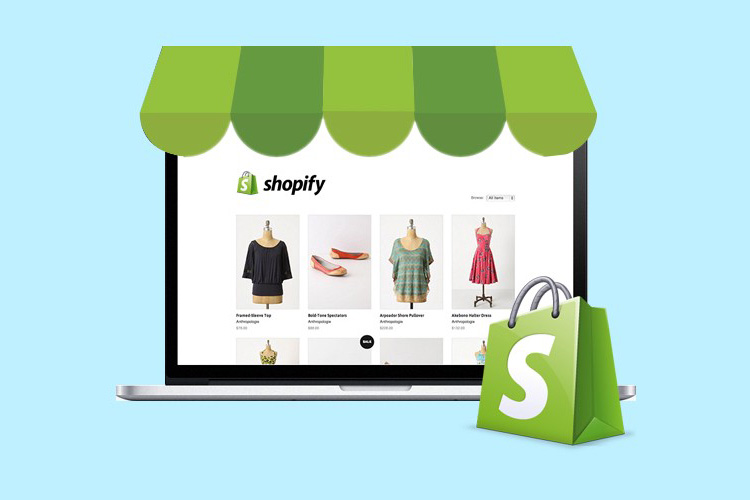Customizing your chosen theme is essential to ensure it reflects your brand identity and creates a cohesive shopping experience for your customers. Here are some steps to customize the theme to match your brand:
- Access the Theme Editor: In your Shopify admin dashboard, go to “Online Store” and click on “Themes.” Find the theme you want to customize and click on the “Customize” button. This will open the Theme Editor, where you can make changes to various elements of your theme.
- Customize the Colors: Look for the color settings in the Theme Editor. Typically, you’ll find options to customize the primary color, secondary color, button color, text color, and more. Choose colors that align with your brand’s visual identity, such as your logo or brand guidelines.
- Modify Typography: Fonts play a significant role in defining your brand’s visual style. Explore the typography settings in the Theme Editor to change the font style, size, and spacing for headings, body text, buttons, and other elements. Select fonts that are legible and convey the right tone for your brand.
- Upload Your Logo: Most themes allow you to upload your logo directly through the Theme Editor. Locate the logo settings and upload your logo file. Ensure that the logo is appropriately sized and positioned to fit within your theme’s header area.
- Edit Homepage Sections: Depending on your chosen theme, you may have various sections on the homepage that can be customized. These sections often include featured products, image galleries, testimonials, and more. Edit these sections to showcase your products or highlight specific content.
- Customize Images and Banners: Use high-quality product images and banners to showcase your products and promotions. In the Theme Editor, you can often customize slideshow banners, featured product sections, and collection images. Upload visually appealing images that align with your brand and convey a consistent style.
- Product Page Customization: Customize the product page layout to match your brand and optimize the customer experience. This may include adjusting the product image size, product description layout, related product displays, and customer review sections.
- Adjust Layout and Sections: Many themes offer flexible layouts and customizable sections. Use the Theme Editor to rearrange sections, enable/disable specific features, and adjust their appearance. Customize the homepage layout, product pages, collection pages, and any other relevant sections to optimize the user experience.
- Add Branding Elements: Consider adding additional branding elements to enhance your store’s visual identity. This may include custom icons, background images, or patterns that align with your brand.
- Collection Page Customization: Make changes to the collection pages to ensure they align with your branding and display products effectively. Customize the layout, sorting options, and filtering options to enhance the browsing experience for your customers.
- Test Responsiveness: Ensure that your theme is responsive, meaning it adapts well to different screen sizes and devices. Use the preview mode in the Theme Editor to test how your store appears on desktop, tablet, and mobile devices. Make any necessary adjustments to optimize the mobile shopping experience.
- Customizing the Shopping Cart and Checkout: Use the Theme Editor to customize the appearance of the shopping cart and checkout pages. Adjust colors, fonts, and add any additional elements or branding to create a seamless and consistent checkout process.
- Mobile Optimization: Ensure that your theme is optimized for mobile devices. Use the mobile preview feature in the Theme Editor to check the mobile responsiveness of your site. Make necessary adjustments to ensure a smooth experience for mobile customers.
- Preview and Test: After making changes to your theme, use the live preview function to see how it will look on your store. Take the time to test various scenarios, such as adding products to the cart and going through the checkout process, to ensure everything is functioning correctly.
- Save and Publish: Once you’ve made your customizations, save your changes in the Theme Editor. If you’re satisfied with the modifications, click on the “Publish” button to make your customized theme live on your store.
Remember to periodically review and update your theme’s customization to stay aligned with your evolving brand and customer preferences. Regularly testing your store on different devices and seeking feedback from users can help you identify areas for improvement.
By customizing your theme to match your brand, you create a visually appealing and consistent shopping experience that helps build trust and recognition among your customers.
SHARE
